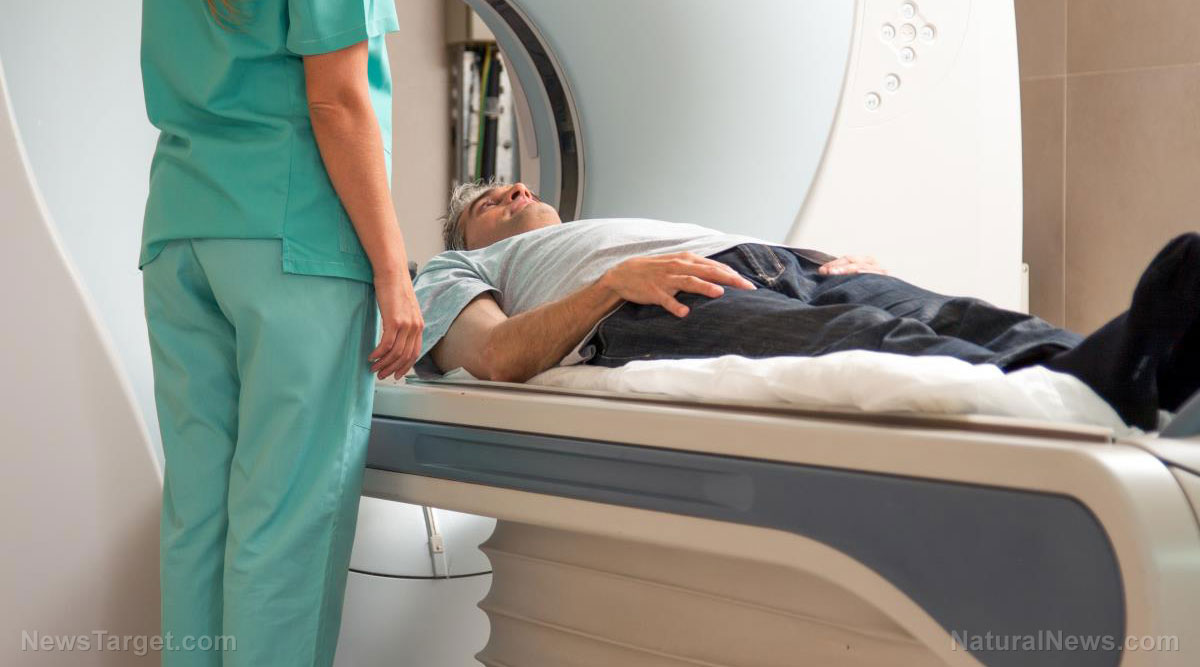
Previous studies have long established the health risks associated with medium- and high-level radiation exposure, but very little was known about the effects of low-level exposure.
In order to examine this, a team of researchers at the Oxford Martin School at the University of Oxford recruited 100 participants who were then briefly exposed to 100 millisieverts (mSv). The unit measures radiation dose, the researchers said.
The results show that one of the participants were slated to develop radiation-induced cancer over an average of a lifetime. The researchers also noted that about 42 of the participants were expected to develop cancers from all causes.
The researchers then cited a few examples to put the high radiation dose of 100 mSv into perspective. According to the researchers, a low radiation dose from a CT scan of the whole spine runs at 10 mSv. The average dose produced by natural background radiation in the U.K. was 2.3 mSv annually, the researchers added.
"We know a great deal about the health risks from radiation thanks to exceptionally careful studies of groups of people exposed to different levels from nuclear bombs or accidents, medical exposure of patients, naturally occurring sources (such as radon), and workers in the nuclear industry and medicine. From these studies it is clear that moderate and high doses of radiation increase the risk of developing some types of cancer," Professor Angela McLean, lead author and Co-Director at the Oxford Martin Programme on Collective Responsibility for Infectious Disease, said in a United Press International article.
Results pose a new challenge to the scientific community
A vast number of studies showing mixed results on the safety of low-dose radiation exposure caused great confusion among the public and the policy makers. Researchers said the recent findings demonstrate that the overall health risk associated with low-level radiation exposure is small. The risk was significantly lower compared with other general risks associated with the onset of modern society such as obesity, smoking, and air pollution.
The research team noted that the findings, which were designed to better inform policy decisions and provide data on crucial knowledge gaps, help clarify the scientific evidence available from various sources. The results also provide new insight on the effects of radiation exposure, the researchers added.
"Despite the depth of our knowledge, there are still many unknowns. Even the best designed epidemiological study finds it hard to distinguish between no extra risk and a small additional risk at low levels of exposure and we have to make some important assumptions here, particularly for the purposes of radiation protection. For example, no human study has conclusively shown an increase in hereditary disease in the children of irradiated parents, but radiation protection calculations assume some risk is present because of evidence from large animal experiments," Prof. McLean told Science Daily online.
"There is also a great deal of work being undertaken to investigate the biological basis of the damage from radiation to DNA and cells, but it is still not clear precisely the steps by which a dose of radiation might lead to cancer, sometimes decades later," Prof. McLean added.
Further research is slated to be carried out to offer a better understanding of the genetic healthcare impacts of radiation exposure. The future study was also set to examine the biological basis of radiation-induced damage to the DNA and cells.
Sources include:
Please contact us for more information.























